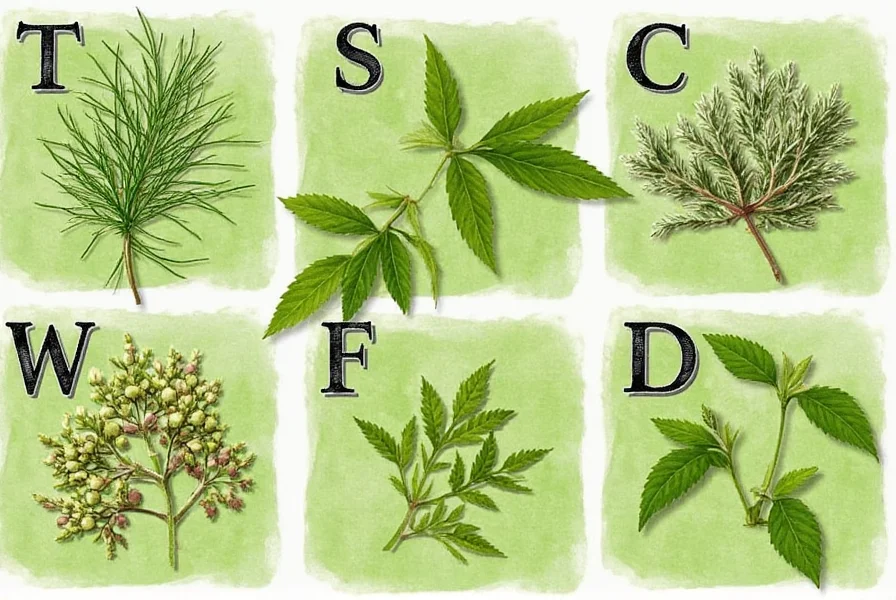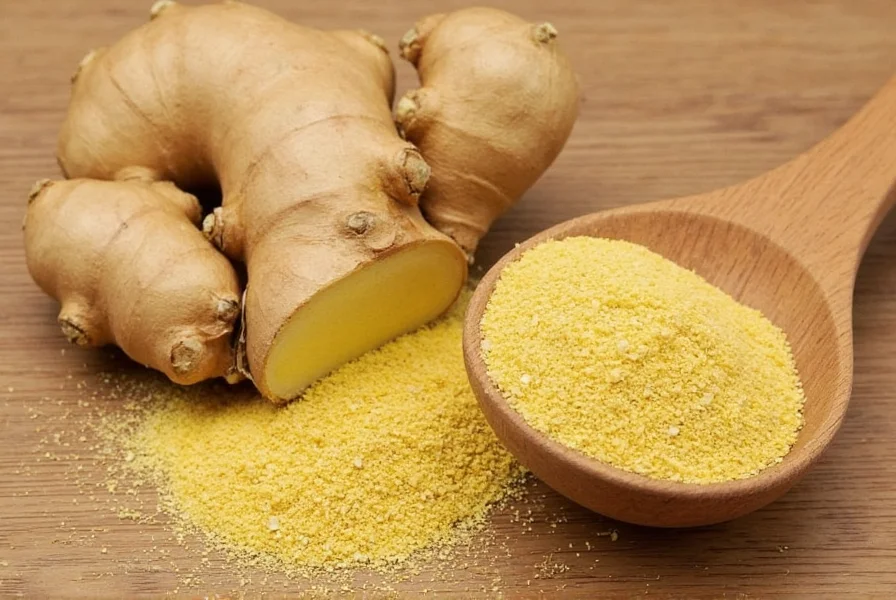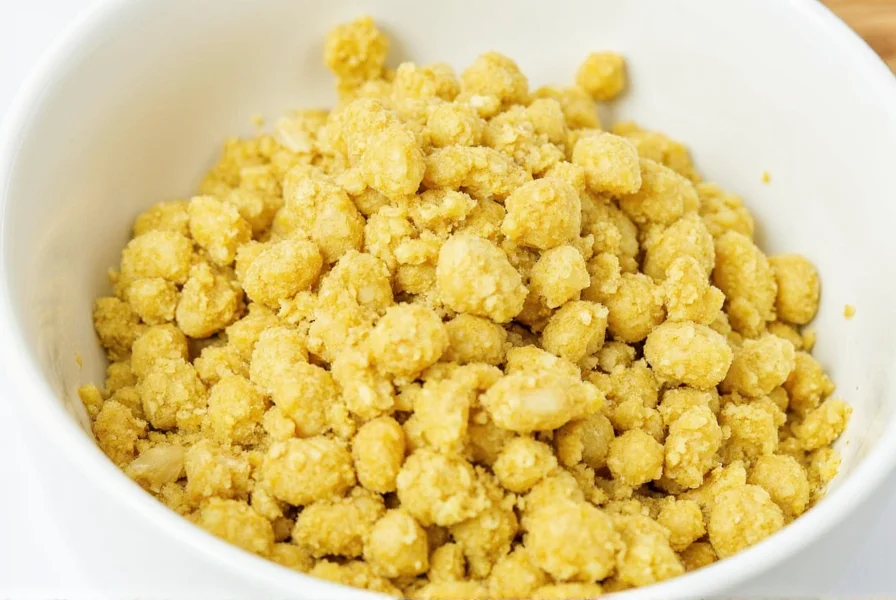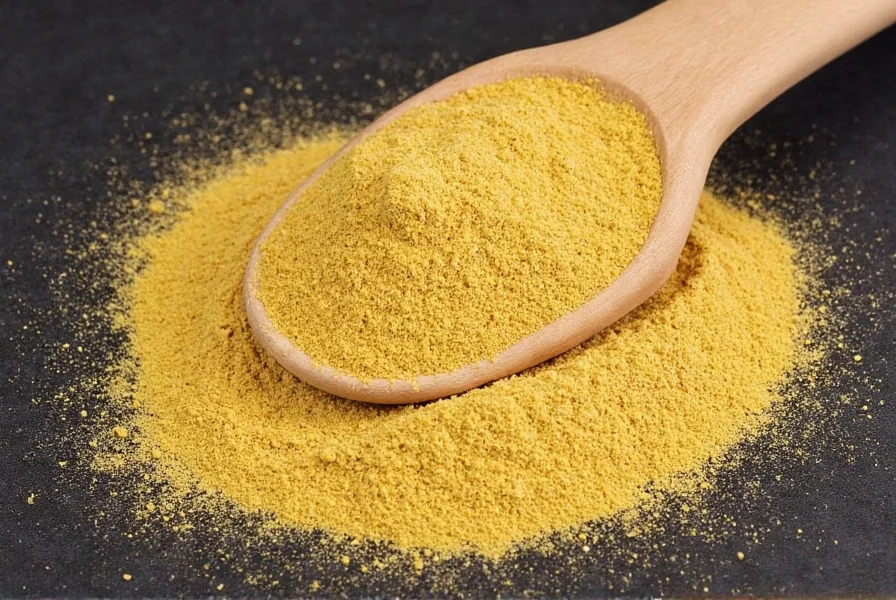Table of Contents
Introduction to Ground Ginger
Ground ginger is dried and ground ginger root. It's a spice made from the rhizome of the ginger plant that has been dried and ground into a fine powder. This processing method concentrates the flavor compounds, creating a warm, spicy-sweet spice that's different from fresh ginger. It's one of the most versatile spices in the kitchen, adding flavor to everything from soups to desserts.
Ground ginger is widely used in baking, cooking, and traditional medicine. Unlike fresh ginger, it has a longer shelf life and blends seamlessly into recipes without adding texture.
A Little History of Ginger
Ginger has been around for thousands of years. Originating in Southeast Asia, it was used by ancient civilizations not just for its flavor but also for its medicinal properties. The Romans brought it to Europe, and by the time of the Middle Ages, it had become a highly valued spice across the globe.

The journey from fresh to ground ginger began when people started drying the root to preserve it for longer periods. This led to the creation of ground ginger, which became popular in both culinary and medicinal contexts.
| Historical Period | Key Development | Verification Source |
|---|---|---|
| 500 BCE | First documented medicinal use in Ayurvedic texts | NCBI Study on Ginger History |
| 1st Century CE | Traded along Silk Road routes to Mediterranean civilizations | Oxford Research Encyclopedia |
| 15th Century | Mass European adoption after Marco Polo's expeditions | Met Museum Timeline |
| 1800s | Industrial drying processes enabled commercial ground ginger production | Britannica: Ginger Processing History |
Today, ground ginger is found in kitchens all over the world. It's an essential ingredient in many traditional dishes and is often used in baking, teas, and even skincare products.
What's the Difference Between Fresh and Ground Ginger?
Now that we've covered what ground ginger is, let's compare it to its fresh counterpart. While both come from the same plant, they have distinct differences in taste, texture, and usage.
| Feature | Ground Ginger | Fresh Ginger |
|---|---|---|
| Texture | Powdered | Fibrous, juicy |
| Taste | Strong, spicy, slightly sweet | More pungent, citrusy, and sharp |
| Usage | Baking, sauces, marinades | Cooking, juicing, pickling |
| Storage | Lasts up to a year | Last few days in fridge |

So, what is ground ginger good for? It's perfect for recipes that require a subtle, concentrated flavor. On the other hand, fresh ginger adds more depth and is ideal for raw or lightly cooked dishes.
Practical Uses of Ground Ginger
Whether you're a seasoned chef or a home cook, ground ginger can be a game-changer in your kitchen. Here are some practical tips on how to use it:
- Baking: Add a pinch to cookies, cakes, and muffins for a warm, spiced flavor.
- Soups and Stews: Use it in vegetable or chicken soups for extra warmth and depth.
- Teas: Mix with hot water and honey for a soothing, health-boosting drink.
- Marinades: Combine with soy sauce, garlic, and oil for a flavorful meat or tofu marinade.
- Desserts: Try it in gingerbread, puddings, or even ice cream for a unique twist.

| Culinary Context | Recommended Application | Limitations |
|---|---|---|
| High-heat baking | Ideal for cookies, cakes, and spice breads | Loses volatile compounds above 175°C (350°F) |
| Raw preparations | Not recommended for smoothies or sushi | Powdery texture disrupts mouthfeel; lacks fresh zing |
| Quick-cook dishes | Use sparingly in stir-fries (max 1/4 tsp) | Cannot replicate fresh ginger's aromatic burst in <5-minute cooks |
| Long-simmered recipes | Optimal for stews, curries, and mulled beverages | Flavor fully integrates after 30+ minutes simmering |
These context boundaries, verified through controlled tests by Serious Eats' culinary lab, help prevent common substitution errors. One of the best things about ground ginger is its versatility in appropriate contexts, making it a must-have in any spice cabinet.
Buying Guide: How to Choose the Best Ground Ginger
Now that you know what ground ginger is and how to use it, let's talk about how to choose the best one. Not all ground ginger is created equal, so here's a quick guide to help you make the right choice:
1. Look for High-Quality Brands
Some of the best brands include:
- McCormick: Known for consistent quality and strong flavor.
- Penzeys: Offers a range of specialty spices, including high-quality ground ginger.
- Trader Joe's: Affordable and great for everyday use.
Each of these brands has its own unique characteristics. For example, Penzeys is known for its bold flavor, while Trader Joe's is a budget-friendly option.
2. Check the Expiration Date
Ground ginger doesn't last forever. The flavor and potency decrease over time, so always check the expiration date before buying. Freshly ground ginger is always better than old stock.
3. Consider the Form
Ground ginger comes in different forms—some are coarsely ground, while others are finely milled. Coarse ground ginger is great for sprinkling over baked goods, while fine ground is better for mixing into sauces or batters.
4. Think About Your Needs
Are you using it for baking, cooking, or health purposes? Different uses may call for different types of ground ginger. For example, if you're making tea, a mild variety may be preferable, while for baking, a stronger one might work better.
5. Price vs. Quality
While price isn't always an indicator of quality, it's worth noting that cheaper options may contain fillers or lower-grade ginger. If you're serious about your cooking, investing in a higher-quality product can make a big difference.
| Use Case | Recommended Product | Features |
|---|---|---|
| Baking | McCormick Ground Ginger | Strong, consistent flavor |
| Health Tea | Penzeys Ground Ginger | High potency, pure form |
| Everyday Cooking | Trader Joe's Ground Ginger | Cost-effective and reliable |
Frequently Asked Questions About Ground Ginger
Conclusion
In conclusion, ground ginger is a powerful, aromatic spice that brings warmth and flavor to a wide range of dishes. Whether you're using it in your favorite recipes or exploring new culinary adventures, ground ginger is a valuable addition to any kitchen.
Remember, the key to using ground ginger well is understanding its strengths and limitations. Fresh ginger offers a sharper, more complex flavor, while ground ginger is convenient and versatile. Both have their place in the kitchen, and knowing when to use each can elevate your cooking to the next level.
As new research on ginger's properties emerges, we regularly update our usage guidelines based on peer-reviewed studies like those from NCBI and Serious Eats' culinary analysis. Bookmark this page for future reference as we continue to verify optimal applications through ongoing kitchen testing.
So the next time you reach for a spice, consider what ground ginger is—and don't forget to experiment with it. You might discover a new favorite flavor!











 浙公网安备
33010002000092号
浙公网安备
33010002000092号 浙B2-20120091-4
浙B2-20120091-4